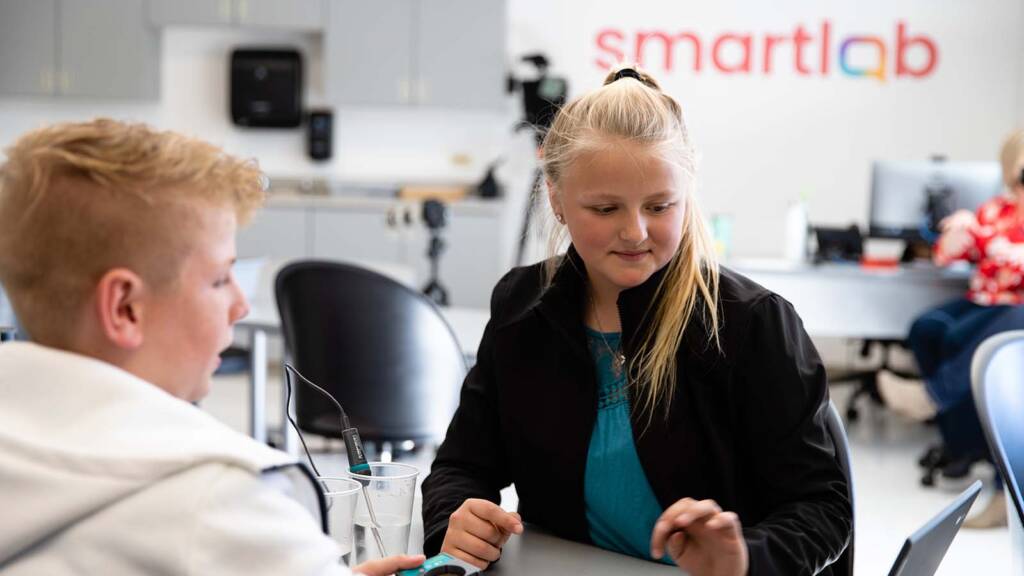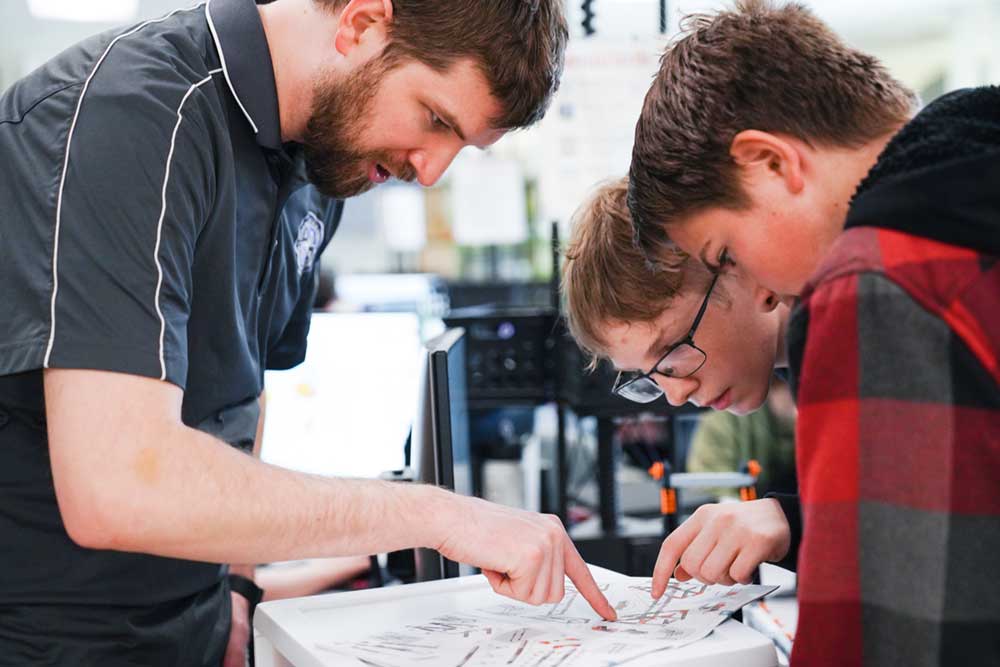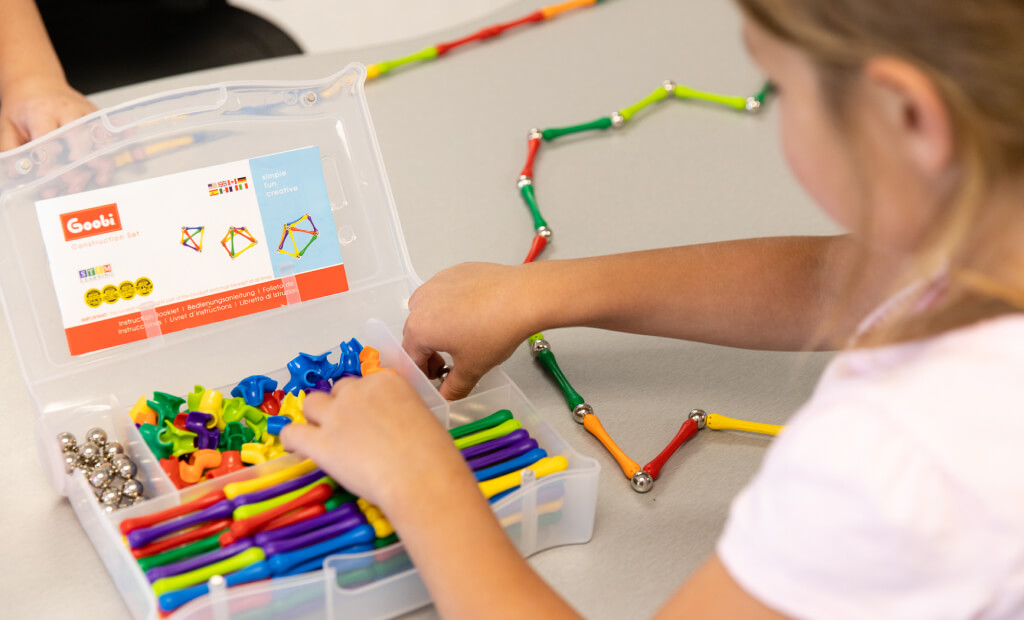Child’s Play: The Role of Imaginative Play in Early Learning
This past Saturday, I celebrated an important milestone—I turned 30! As with any milestone, I spent a bit of time thinking about where I’ve been and what’s next. And I started imagining different possibilities for my future.
That process—the ability to visualize things that I haven’t yet experienced—involves a complex series of electrical and chemical signals happening throughout the brain. And, as you may know, we aren’t born with the widespread neural network that’s responsible for creativity and imagination. Instead, it’s developed and refined through our experience with play.
Early Childhood Play
As my son becomes more independent, I’ve noticed how integral play is to the way that he understands the world around him. Up to now, most of his play tends to focus on discovery and investigation. However, his dives into the world of imagination are becoming more and more evident.
Edison seems to transform everything (from scraps of wood to chunks of watermelon) into a toy. He makes his own rumble for the engine and drives the object around as if it were a tiny truck.
It’s clear that his fledgling imagination is at work, trying to connect the dots between things he has experienced. Through these playful interactions, Edison is learning about the world around him.
Imagination and Play as Learning
When you spend time with children, you quickly learn how important play is to their early development. At the same time, we often see play repressed—sometimes even eliminated—when children start their formal education. Somehow, we’ve gotten to a place where play and learning are generally separate activities in school.
David Elkhind writes in The Power of Play: Learning What Comes Naturally that “children are not naturally motivated to learn from formal instruction … formal instruction is work.” He argues that “play and love need to be made part of the process” if we want learning experiences to be effective.
As I explained in my previous blog, play is an integral part of what students do in the SmartLab Learning project cycle.
In a SmartLab, learners are constantly flexing their imaginations to explore new concepts and ideas. Expert facilitators carefully support each student’s efforts to apply what they learn to solve real problems. Within our framework, students are motivated to learn because that process mirrors what they experience in play.
When children play, their imaginations actively make connections between previous experiences and future possibilities. The complex neural networks that enable logic and reasoning begin to form through play. Those same networks allow young people to imagine the perspectives of others as they grow, thereby developing trust, understanding, and empathy.
As our society finds itself in the monumental milestone of the pandemic, many of us are looking back on where we’ve been and looking to where we could go. Imagine an education system that embraces play and empowers students to learn through playful experiences. Let’s make it happen!
Upcoming Topics
- Exploratory Play: More Than Sensory Development
- Too Cool to Play? Resisting the Pressure to “Grow Up”
- Staying Young Through Lifelong Play





